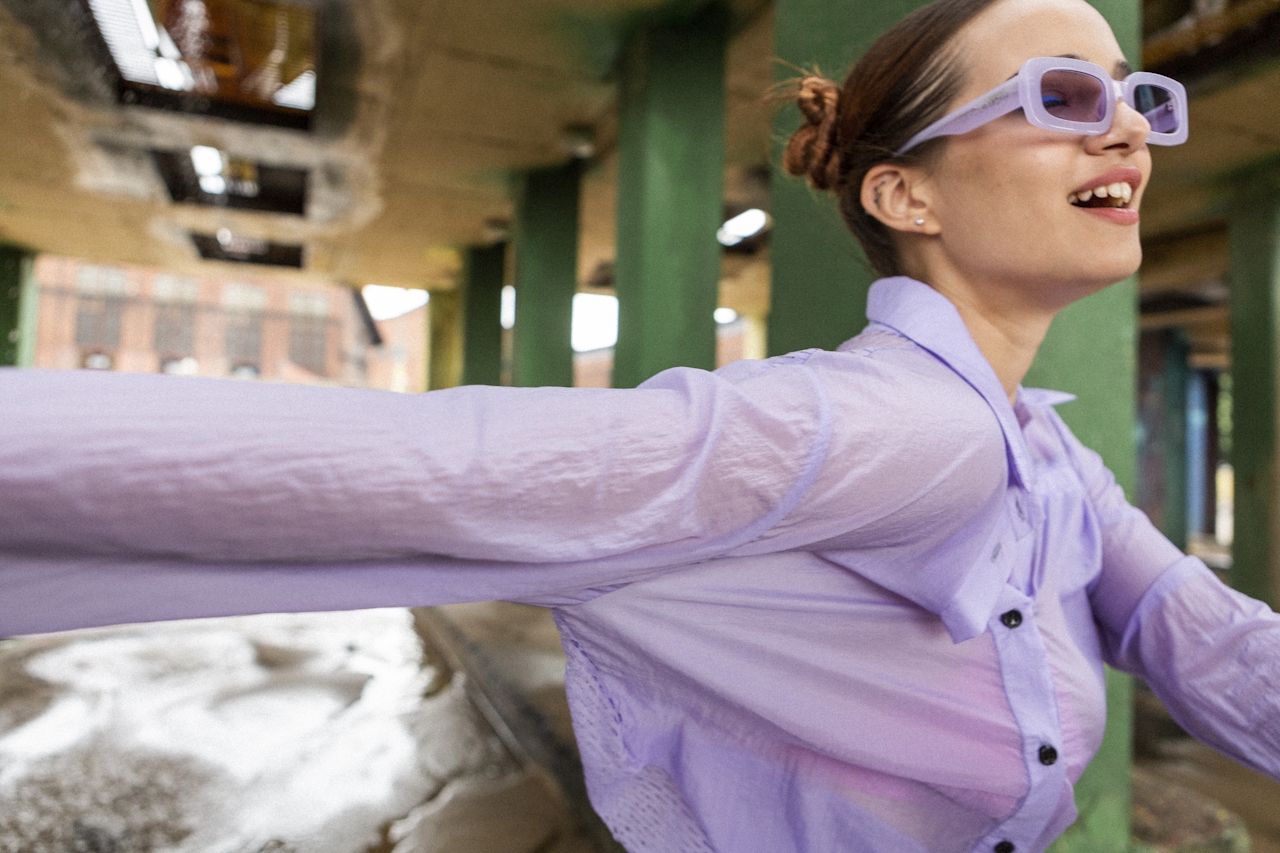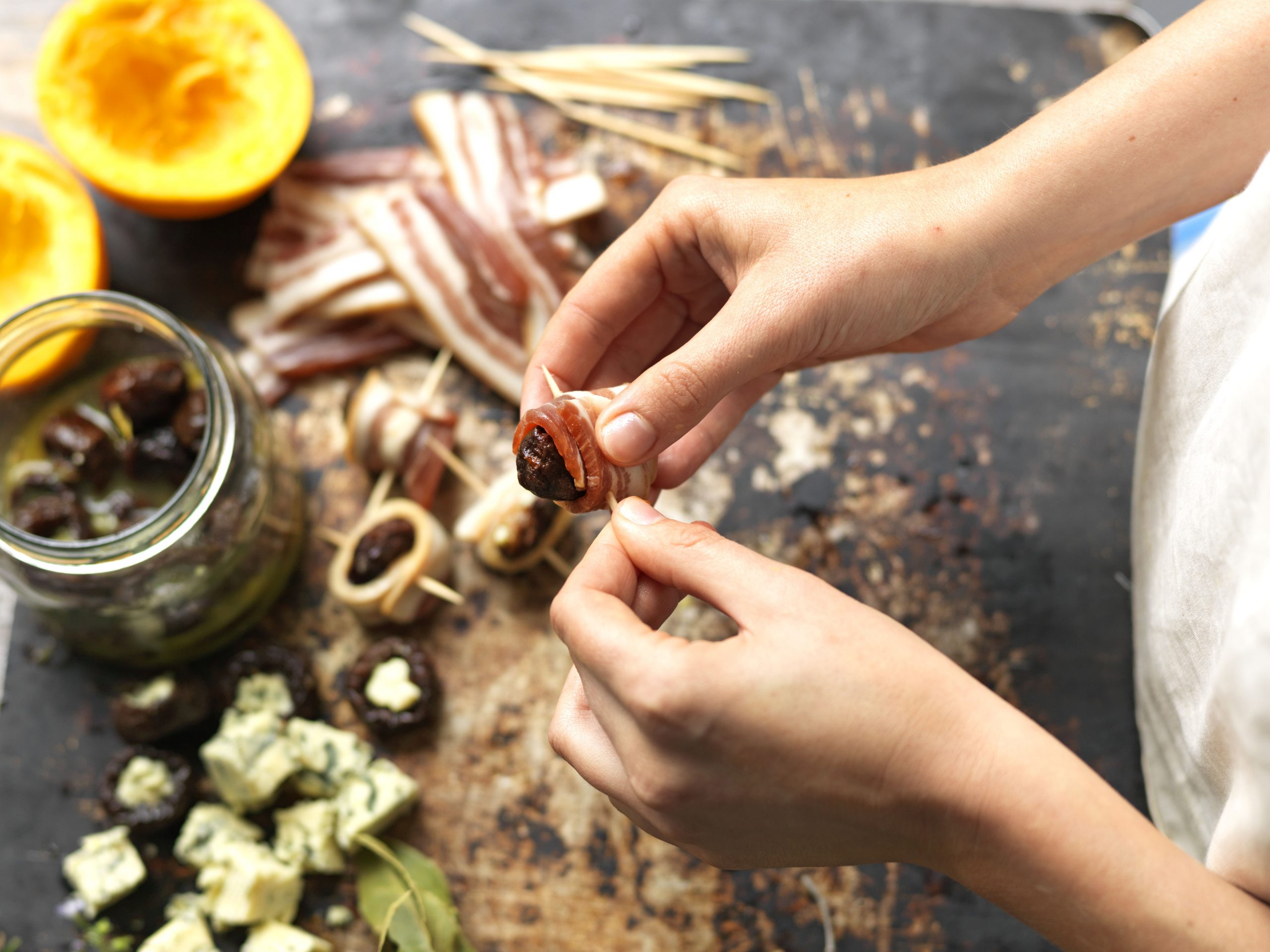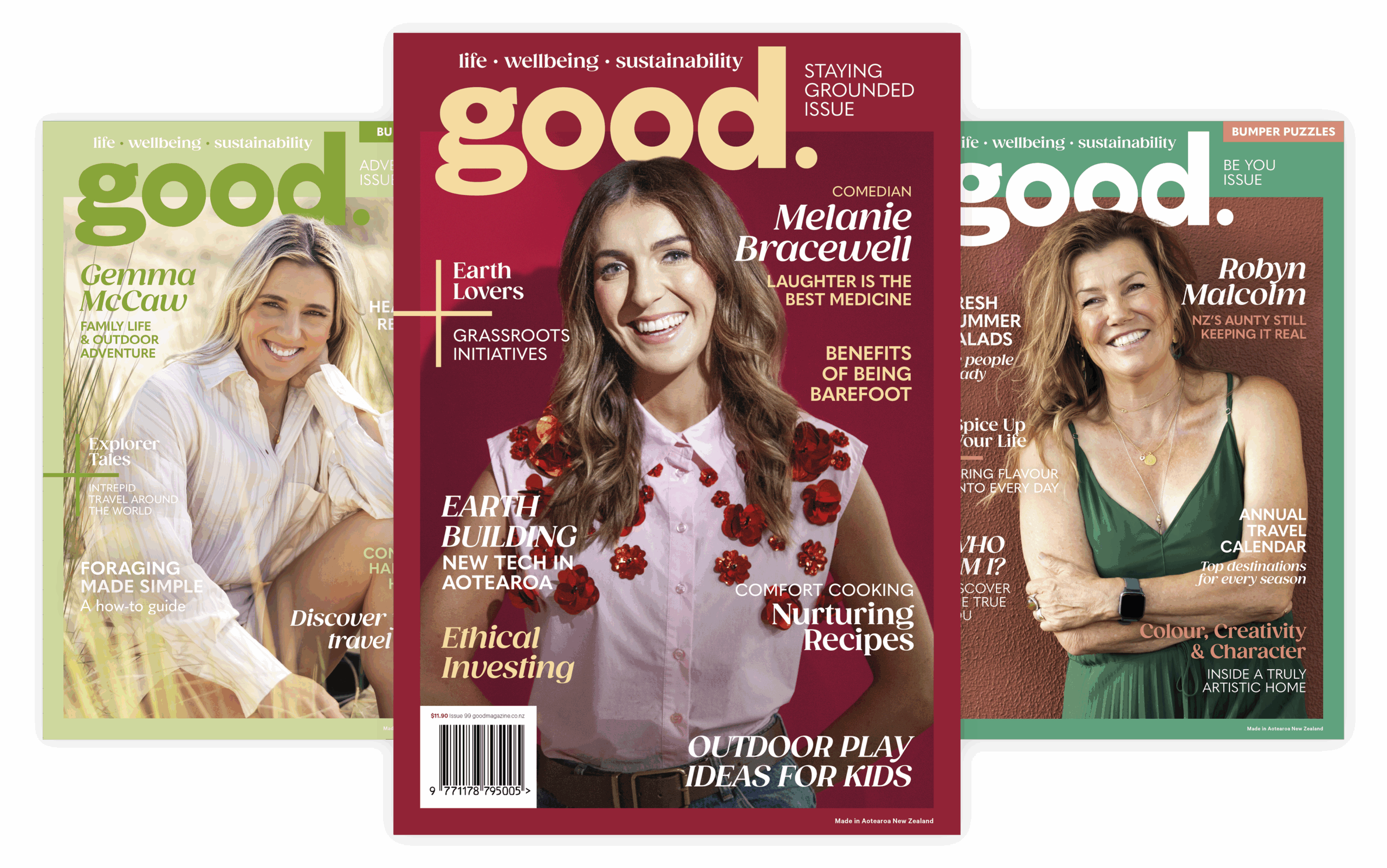Our style curator Yelena Bebich questions the trend cycle and why we get so excited by the next big thing.
Trends can be fun, expressive and often culturally meaningful. But when we’re constantly bombarded with “what’s new” and “what’s next,” it’s worth asking: what’s actually happening in our brains? Are we truly obsessed with that latest must-have, or have we just seen it so many times we’ve convinced ourselves we love it?
Each season, a new trend seems to explode out of nowhere. Tomato Girl, Glazed Donut Skin, Ballet-Core, Mob Wife, and now even #Monk Mode. You name it. One minute you’ve never heard of it, and the next it’s everywhere on TikTok, in editorials, on mannequins and inevitably in your best friend’s wardrobe.
If you’re anything like me, you’ve probably felt that little twinge; a flicker of excitement, a rush of curiosity, maybe even a tiny voice whispering, If I just had that one thing, I’d feel cooler, more current, more me… Perhaps even — and this one’s a little harder to admit — more accepted.
Lately, I’ve been thinking a lot about this pull and how I can stay engaged with what’s happening in the cultural moment — because let’s be real, I love a debrief with my favourite Gen Zs on what’s trending — while still staying rooted in my own personal style.
So I started looking into what’s really going on behind the scenes, not just on the fashion racks, but in our minds. Here’s what I found when taking a closer look at how our brains actually respond to trends.
Why Trends Are So Tempting
Our brains crave belonging: We’re social creatures through and through. Trends act like little signals to the world: I’m in the loop, I get the vibe, I’m part of this tribe.
Whether it’s the 90’s fashion revival or Stanley cups, jumping on a trend gives us a sense of connection. A connection to others, and to the moment we’re living in.
We’ve all seen it, groups of teens walking together, dressed in the same trends from head to toe. It’s more than just a style choice; it’s a way of signalling connection. Dressing alike helps them feel part of something shared, a sense of belonging, identity, and mutual understanding.

Novelty gives us a dopamine hit: Psychologists call it a reward response: when we see something exciting, our brains release dopamine, the feel-good chemical. Yep, that’s the exact rush we get when a shiny new trend pops up on our feed. Even if the thrill wears off fast.
I found this episode of The Diary of a CEO really helpful in understanding how dopamine works in the brain — and in learning to have a bit more compassion for myself when I catch myself chasing a quick reward or reaching for a “little treat.” Our brains are wired this way, and historically, those little treats weren’t nearly as easy to come by as they are today. Awareness is key.
Marketing turns up the urgency: Brands and influencers know exactly how to stoke FOMO (Fear of Missing Out). Limited drops, countdown timers, “It Girl” endorsements, it all plays into the idea that if you don’t buy now, you’ll miss out forever. Even if you didn’t care two seconds ago, suddenly it’s all you can think about.
Trends offer a quick identity refresh: Feeling a little blah? Want a pick-me-up? Got an event and nothing in your closet sparks joy? Just pop into the mall or scroll online, and there it is; the item every store is pushing. Buy it, and bam! You look current, feel refreshed and get that little zing of reinvention. Even if it only lasts a week.
Did we actually like it or were we just overexposed? The mere-exposure effect is a psychological quirk where the more we see something, the more we like it, even if we didn’t love it at first. The more it shows up on our feed, the more we start to want it.
This is why pulling back from constant algorithm-driven content can be so powerful. It gives us space to figure out what we actually like.
Did I really love that Labubu bag charm, or was my brain just fried from too many unboxing videos? Honestly, I still don’t know, but my TikTok algorithm thought I did.
Next time a trend calls your name, try hitting pause. That little whisper might not be your inner style guru, it might just be your brain doing what brains do.
Understanding why we’re so drawn to trends helps us get clear on what’s really “us”… and what’s just clever marketing in a cute outfit.
It’s not about shaming trends or avoiding them altogether. They can be fun, expressive and help us feel connected to the current zeitgeist. But unchecked, they can lead to mindless consumption, clutter and that nagging feeling that we’re never quite enough as we are.

How to step back and reclaim your style and your sanity
- Pause before you purchase: If something trendy catches your eye, give yourself a cooling-off period. Wait 72 hours. Ask yourself: Would I want this if I hadn’t seen it on TikTok? Will I still love it next season? Does it align with how I want to feel and dress long-term?
- Unfollow the noise: The more trend content we consume, the more we feel we need to keep up. Curate your digital world. Follow people with timeless style or creative authenticity, not just trend haulers. Make space for inspiration that helps you think deeper, not faster.
- Invest in forever pieces: When you do shop, aim for quality, versatility and love-at-first-sight pieces. Things that make you feel good in your skin, not just “on trend.” Over time, your wardrobe becomes a reflection of your inner self not outer influence.
- Be okay with being “off-trend”: True confidence comes when you’re not seeking validation. If something doesn’t suit you or your values, it’s okay to sit it out. You’re not behind, you’re discerning.
Trends will come and go. But the clothes that feel like home, the pieces that mirror your essence, your joy, your story — Those are the ones worth collecting.
Follow Yelena Bebich on Instagram.






